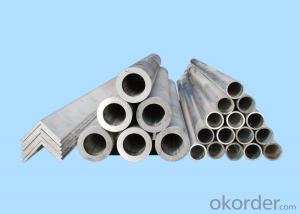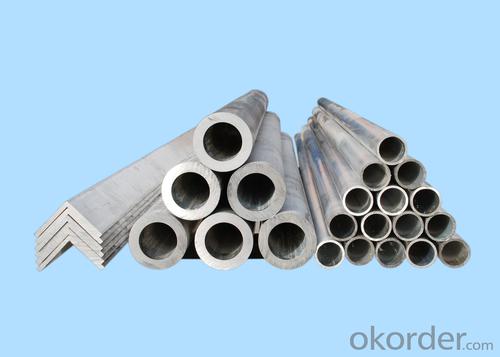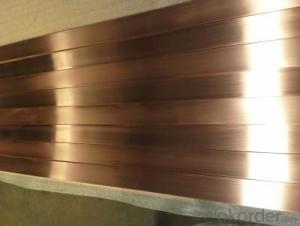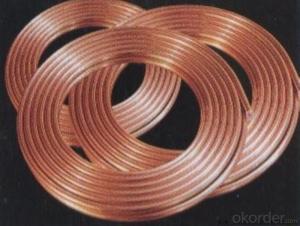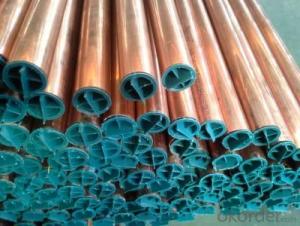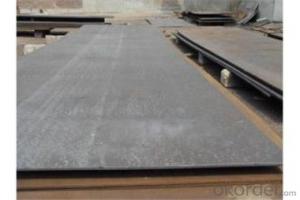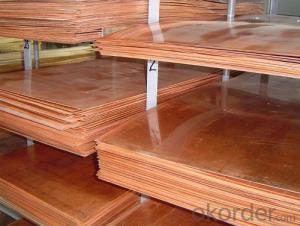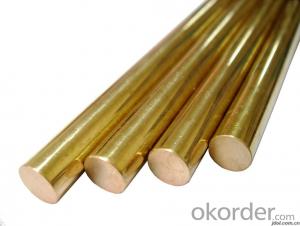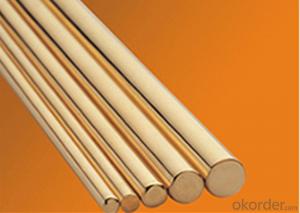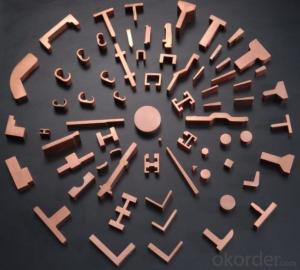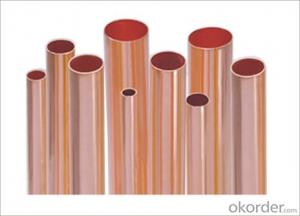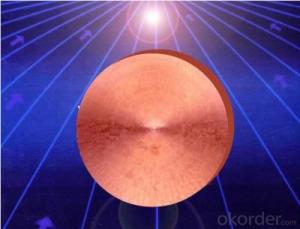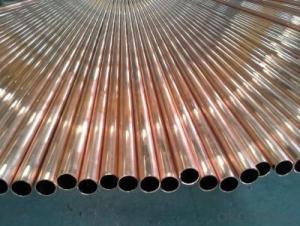Aluminium Tube for Air Conditionary Application
- Loading Port:
- Shanghai
- Payment Terms:
- TT OR LC
- Min Order Qty:
- 8 m.t.
- Supply Capability:
- 1000 m.t./month
OKorder Service Pledge
OKorder Financial Service
You Might Also Like
Structure of Aluminium Tube for Air Conditionary Application Description:
Coated aluminum coil/sheet are of a wide range of colors, which gives wonderful appearance no matter in residential and commercial constructions of great exhibition centers.
The coated aluminum coil/sheet have been widely used in the fields of construction and decoration( garage doors, ceiling etc.), electronic appliances, lighting decoration, air-condition air pipes, sandwich panels and drainages etc.
Main Features of theAluminium Tube for Air Conditionary Application:
1) High flexibility
2) Impact resistance
3) Excellent weather-proof durability
4) Anti-ultraviolet
5) High erosion resist
Images of the Aluminium Tube for Air Conditionary Application:
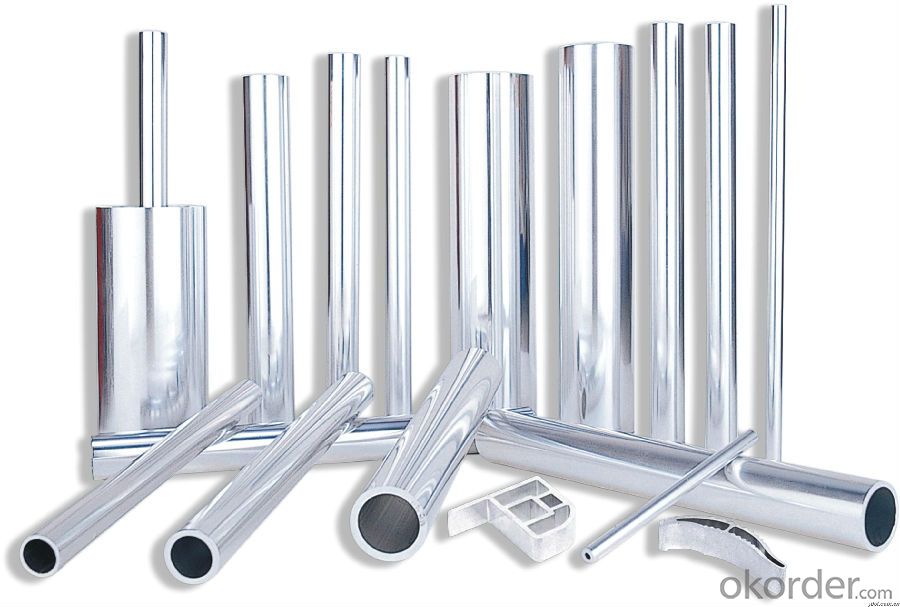
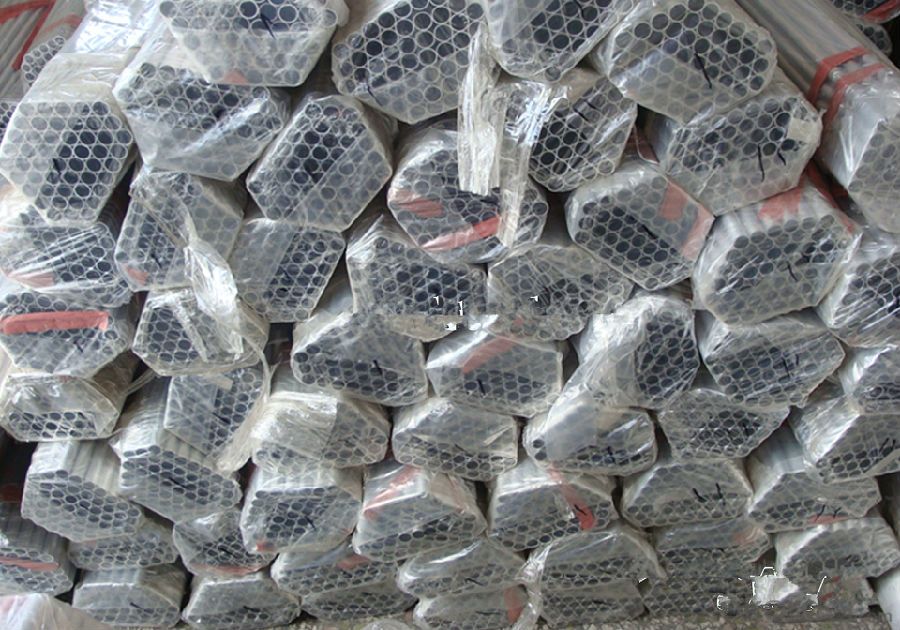
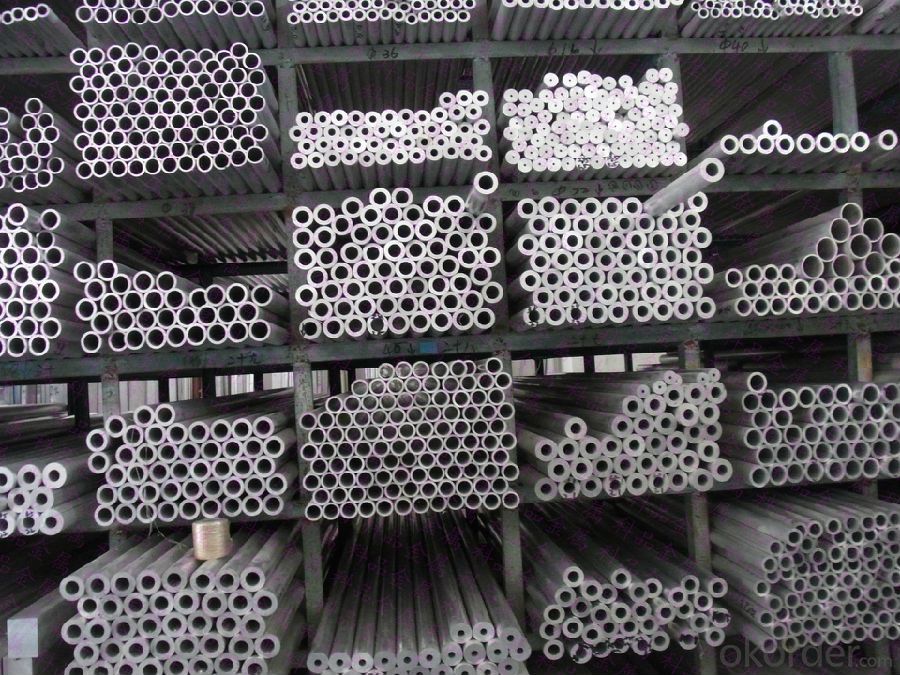
Aluminium Tube for Air Conditionary Application Specification:
Alloy | A1100,A3003,A1050,A8011 etc |
Temper | H16,H18,H24 |
Thickness | From 0.024mm to 1.2mm |
Width | Standard width:1240mm |
Special width:1300mm,1520mm,1570mm,1595mm | |
Diameter | Standard dia:1200mm |
Interior dia:150mm,405mm,505mm | |
Weight | 2.5 T/coil,3.0 T/coil |
Coating | PE, PVDF, AC |
Surface | Embossed, mill finish, coated |
Color | AS to code RAL |
Gloss | 10-90%(EN ISO-2813:1994) |
Coating Thickness | PE: more than 18 micron |
PVDF: more than 25 micron | |
Coating Hardness (pencil resistance) | More than 2h |
Coating adhesion | 5J(EN ISO-2409:1994) |
Impact Resistance | No peeling or cracking(50 kg/cm,ASTMD-2794:1993) |
Flexibility (T-bend) | 2T |
MEK resistance | More than 100 |
FAQ:
a.What is monthly capacity
---CNBM is one stated own company and our monthly capacity is about 2000tons.
b. Now which countries do you export your goods?
---Now we export to South East Asia,Africa, North America,South America ect.
- Q:This question concerns the ground wires (bonding?) I am wiring a new workshop about 200 yds from my house. I plan to have the electric company drop a new line to a new meter for the building. I installed a homeline 200 amp, 30 slot load center and a cutler hammer top feed meter box. I ran 3awg wire for the weatherhead and main/neutral lug(s). My question is where does the #4 bare copper wires hook to? I have one tied into the rebar in the foundation and one hooked to a ground rod. 1) In the meter box there is a smaller lug beside the neutral. Is this for a ground?2) In the load center I had to add a ground bar. There are neutral bars on each side of where the breakers go. There is a larger neutral lug on one neutral bar and another beside the incoming neutral lug. I‘m confused as to where these bare copper #4 wires go??? Please help, Thank you
- OK I'll do my best to answer your questions. First of all I'm assuming that your load center has a main circuit breaker and is the main panel in your home. 1# You need to place one wire under the lug in the meter can ( neutral) and the other into the lug on the ground bar in the panel the bar that doesn't get the neutral 2# The green screw goes Thu a hole in one of the neutral bars and screws to the metal case that makes the load center box this grounds the metal. 3# The spacer bar hooks both bars together ' at this point in your wiring the ground and neutral are in fact the same, but don't let that confuse you. The ground bar side (with out neutral wire) you use to place all your green, and or bare ground wires. The other bar with the neutral wire attached you connect all the white wires and neutrals to. I know this is confusing but its got to be done correctly or your potential for shock hazard is great. Good luck
- Q:I am considering getting a copper IUD and I would appreciate any feedback from anyone who has had one placed. Side effects? Comments? basically any info that you want to share. Thanks.
- Hey, I got my IUD yesterday, but it's not a copper one. I've asked my doctor for the different possibilities and this is what he had to say about the differences: The one I have, called Mirena, gives off hormones in your uterus. This prevents the release of oocytes (using google translate, have no clue if thats the right word!talking about the little eggs that need to get hatched by sperm) as well. A normal copper IUD only blocks the oocyte from implanting in your uterus. This means that technically a pregnancy outside the uterus is more common. I have no clue how much more common though. If you are doubting about the hormones ask your doctor for advice. He told me the hormones in the IUD are less harmful because they are sent directly into your uterus and they don't go through your blood like when using other methods to prevent pregnancy. Putting the IUD in hurts. It's like you're having your period double as worse. If you ever felt stiches in your uterus while having your period, you will probably feel them again and ouch they hurt! But it's worth it since you don't have to think about anything for five years. Try to not plan anything the same day in case you'll feel bad.
- Q:What is the source of your answer? Isn‘t there a chart that shows normal or nominal flow capacties somewhere?
- No, you will be fine with that. Maybe you should try and just take her out of the car seat to take her up to your apartment. See if that helps. A baby really just shouldn't be exposed to too many things when just being born because they are so prone to catching things. As far as you, I also had a C-section and I know for me I went walking at the mall because my baby was born around Christmas time and we had pics taken and needed to do last min. shopping and it caused me to have really bad blood clots coming out. You don't have to stay in your home all the time but just from experience just do the hard things you have to but if you have a choice just take it easy. at least for another week. Good luck!
- Q:What are the reasons for the oil in the joint of Haier air conditioner?
- Should be the joint Freon leakage, the oil will be brought out, as soon as possible to check the treatment, the connector will be further tightened.
- Q:When Copper Sulphate and water is mixed, is it a physical change or chemical and why?
- The copper sulfate, also known as blue vitriol and bluestone will dissolve in the water. If you evaporate the water, you get back the copper sulfate. It does not change into anything else (unless there is other stuff that is can react with in the water...) Thus it is a physical change, not a chemical one.
- Q:How do you convert galvanized pipe to copper without running all new pipe?I s there a coupling ?
- They are right, you need what they call a dielectric union, which is what I ended up buying. You cannot couple galvanized pipe to copper directly for chemical interaction reasons. The galvanized pipe will oxidize the copper over time (or so it was explained to me by a guy at Home Depot).
- Q:A bar zinc metal is immersed in a solution of copper 2 sulfate?
- it should produce copper metal and hve Zn+2 SO4-2 ions in solution
- Q:I have to write a proposed copper cycle for chem 130 and with 4 reactions to get back to copper. I can use acetone, zinc powder, HCl, HNO3, H2SO4, and NAOH. I'm really confused on how to go about determining a copper cycle.
- First, you need to dissolve the copper, and the only way to do that is by using HNO3, since none of the other chemicals will dissolve it. Cu + 4HNO3 → Cu(NO3)2 + 2NO2 + 2H2O Next, you need to be able to extract the copper from the solution. NaOH will help, as copper hydroxide is insoluble. Cu(NO3)2 + 2NaOH → Cu(OH)2 + 2NaNO3 Filter off the hydroxide and wash the residue with water to remove sodium and nitrate ions. Next, you have to make it soluble again so you can reduce the copper ion more easily. React the hydroxide with HCl or H2SO4 (I would recommend HCl). Cu(OH)2 + 2HCl → CuCl2 + 2H2O Finally, add zinc powder to the CuCl2 solution. This will reduce the copper ion back to copper. CuCl2 + Zn → ZnCl2 + Cu Add extra HCl if you have left-over zinc. Then filter off the solid copper, wash with some water and then some acetone, then air-dry.
- Q:The metal ROHS inspection item is not general, requiring at least Hg, Cr (VI), Pb, Cd
- There is also a possibility: it is a supplement test ~ perhaps those two items are halogen free (chlorine, CL, bromine, BR) tests, if soAsk supplier and factory to provide ROHS4-6 major test report again
1. Manufacturer Overview |
|
|---|---|
| Location | |
| Year Established | |
| Annual Output Value | |
| Main Markets | |
| Company Certifications | |
2. Manufacturer Certificates |
|
|---|---|
| a) Certification Name | |
| Range | |
| Reference | |
| Validity Period | |
3. Manufacturer Capability |
|
|---|---|
| a)Trade Capacity | |
| Nearest Port | |
| Export Percentage | |
| No.of Employees in Trade Department | |
| Language Spoken: | |
| b)Factory Information | |
| Factory Size: | |
| No. of Production Lines | |
| Contract Manufacturing | |
| Product Price Range | |
Send your message to us
Aluminium Tube for Air Conditionary Application
- Loading Port:
- Shanghai
- Payment Terms:
- TT OR LC
- Min Order Qty:
- 8 m.t.
- Supply Capability:
- 1000 m.t./month
OKorder Service Pledge
OKorder Financial Service
Similar products
New products
Hot products
Hot Searches
Related keywords
